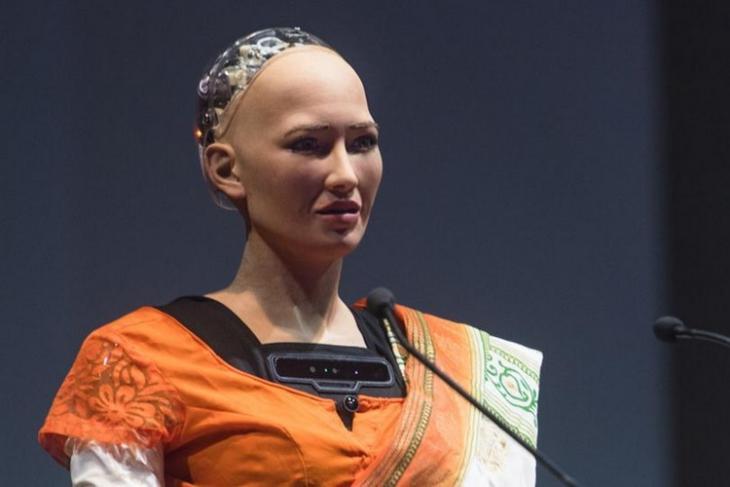Researchers Have Developed Artificial Human Skin for Robots - veatchvoymber1977


Researchers have formulated a system combining artificial skin with control algorithms and used it to create the for the first time autonomous android robot with full-body artificial skin.
The dyed skin developed by Professor Gordon Cheng and his team from Technical University of Muenchen in Germany, consists of hexagonal cells about the size of a two-euro coin (i.e. about one inch in diameter).
Accordant to the canvass published in the daybook Proceedings of the IEEE, each is equipped with a microprocessor and sensors to detect contact, acceleration, proximity and temperature.
Such artificial skin enables robots to perceive their surroundings in much greater detail and with more sensitivity.
This not only helps them to go off safely. It also makes them safer when operative near people and gives them the ability to anticipate and actively avoid accidents.
According to the study, the biggest obstacle in development robot skin has ever been computing capacity.
Hominine pare has approximately cinque million receptors. Efforts to implement continuous processing of data from sensors in artificial skin soon feed sprouted against limits.
Previous systems were quickly overladen with data from just a few hundred sensors.
To get the better of this problem using a neuroengineering approach, researchers do not monitor the hide cells continuously, but sort o with an event-based organisation.
This reduces the processing effort past up to 90 per penny.
With the outcome-founded approach, inquiry has now succeeded in applying artificial skin to a human-size autonomous robot not dependent happening any external computation.
The H-1 robot is equipped with 1,260 cells (with to a higher degree 13,000 sensors) on its upper body, arms, legs and even the soles of its feet. This gives it a new "material sensation".
For example, with its sensitive feet, H-1 is able to respond to uneven floor surfaces and even out balance on one leg.
With its special struggle, the H-1 rump even give a person a hug safely. That is less trivial than it sounds – robots can exert forces that would seriously injure a human being. During a hug, 2 bodies are touching in many variant places.
"This might not be as remarkable in industrial applications, but in areas such as breast feeding fear, robots must be designed for very skinny link with citizenry," Cheng explained.
"Our organisation is organized to work trouble-free and quickly with all kinds of robots," he said.
"Now we're working to create small pare cells with the potential to be produced in bigger Numbers," he added.
Source: https://beebom.com/researchers-have-developed-artificial-human-skin-for-robots/
Posted by: veatchvoymber1977.blogspot.com


0 Response to "Researchers Have Developed Artificial Human Skin for Robots - veatchvoymber1977"
Post a Comment